Tamron 70-180mm F2.8 VC VXD G2 Review
Dustin Abbott
September 14th, 2023
2020 was a weird year.
For everyone.
It was a weird year for lens reviewers as well, though one of the highlights of 2020 was the release of Tamron’s 70-180mm F2.8 VXD (which I reviewed here). It was a serious disruptor in the Sony E-mount space, as it brought an optically strong, good focusing alternative to the Sony 70-200mm GM at a price point of less than 50%. It also had some shortcomings, namely a complete lack of features and also no optical stabilization. But it has been a popular choice because it is an optically sound and, well, affordable. The Tamron’s success was aided by the fact that the Sony 70-200mm GM was good but not exceptional. Sony has addressed that with a fantastic Mark II version of the GM lens (my review here), though that lens does cost about $2800 USD. In the never ending one-upmanship of the camera industry, that means that it is time for Tamron to up their game as well…and they have.
The new Tamron 70-180mm F2.8 Di III VC VXD G2 is the second generation of Tamron’s fast telephoto zoom. The key upgrades include improved the inclusion of VC (Vibration Compensation, Tamron’s optical stabilizer), upgraded optics, some additional features, and an enhanced magnification on the wide end.
A number of the weaknesses are addressed with the Tamron, and they’ve kept the price at a very reasonable $1299 USD. And, most importantly, I feel like Tamron has maintained the core focus of this lens (which we’ll call the 70-180 G2 in this review), which is to provide a lightweight, high performing alternative to the larger, more expensive 70-200mm options.
And this is a very high performing lens. It is brilliantly sharp even on Sony’s highest resolution cameras.
A few of the shortcomings remain, including a smaller zoom range that has 20mm less than competing lenses, fewer features, and the inability to use teleconverters.
But there’s a lot that people are willing to accept for a $1500 difference in price. Those that simply can’t afford a $2800 lens but could potentially afford a $1300 lens remain the single largest audience for this lens, though this review will also try to address the interests of a second group: those who own the first generation 70-180mm and are curious as to whether an upgrade is warranted. You can judge for yourself by either watching my video review below or reading on to get the full picture.
Follow Me @ YouTube | Patreon | Instagram | Facebook | DA Merchandise | Flickr | 500px
Thanks to Tamron USA for sending me a review loaner of this lens. As always, this is a completely independent review. *The tests and most of the photos that I share as a part of my review cycle have been done with the Sony a7RV along with the Sony Alpha 1 that serve as my benchmark cameras for Sony lenses.
Tamron 70-180mm G2 Build and Handling
Tamron’s design has the compromise of a more abbreviated zoom range in order to achieve a smaller, lighter lens. The previous generation lens weighed a very svelte 810g, and, while the new lens is a bit heavier, it is still quite light at 855g (30.15oz). The dimensions have slightly grown, growing from 81mm to 83mm (3.26″) in diameter and moving from 149mm to 156.5mm (6.2”). For context, the Sony 70-200mm GM II is 88 x 200mm and weighs 1045g. The Tamron remains the most compact and lightweight option covering this focal range and aperture on the market (assuming that the first generation lens gets phased out as the first generation 28-75mm was). Tamron has continued to work very hard to maintain a 67mm filter thread across as many of their E-mount lenses as possible, and that remains the case here. That means that you can share filters across most of their lenses.
The first generation lens had nothing other than the focus and zoom rings on the barrel, but the new 70-180mm G2 has three additional features. The first is a focus hold button that is now pretty ubiquitous on Sony, and beneath that there is a 3 position custom switch.
The function of that switch can be set by connecting the lens via the USB-C port and using Tamron’s free Lens Utility software to assign a function to each of the three positions.
Tamron’s Lens Utility software gives you a variety of options for customizing the lens.
Here’s a look at the drop-down options for each custom position (1-3):
Most of these work in conjunction with the focus hold/custom button on the lens.
In some cases (like in aperture control), you use the button to activate the aperture control, and then the focus ring will function as an aperture ring.
You can also set the behavior of the focus ring in the software. That includes setting it as linear/non-linear and also options for how long you want the focus throw/rotation to be (90 | 180 | 270 | 360°).
The final option through the USB-C port and the Lens Utility Software is the ability to do firmware updates, which helps assure the lens stays updated.
The build quality feels somewhat improved over the first generation lens, but it isn’t quite at the level of the Sony G-Master lens, either (it feels more plasticky). The overall shape of the lens is more interesting, however, with additional sculpting and style.
On the right side of the barrel is the zoom lock. That is present because, unlike most 70-200mm lenses, the 70-180mm G2 is not an internally zooming lens. The barrel extends about 25mm at 180mm, which still leaves it 25+mm short of the 70-200mm options. Here’s a look at that extension.
The zoom ring is located furthest away from the lens mount and is wide and ribbed with a rubberized finish. The zoom action is almost as smooth as an internally zooming lens, with no sticking points or roughness to the zoom action. There is no wobble in the barrel extension, either. The zoom action is light and quick.
Not everyone is a fan of externally zooming lens, though Tamron has helped to compensate for this by giving the 70-180mm G2 a thorough weather sealing. This starts with a gasket at the lens mount, has a variety of seal points (11) throughout the barrel, and terminates in a fluorine coating on the front element.
The manual focus ring is located near the lens mount and is narrower. The focus action is okay but nothing exceptional.
The 70-180mm G2 has two different minimum focus distances for the wide and telephoto ends of the zoom range. You can focus as closely as 30cm on the wide end and can get a very high 0.38x magnification there (this autofocus result is improved over the G1 lens).
On the telephoto end the minimum focus distances of 85cm and we have magnification of right over 0.21x.
You can get even higher magnification on the 70mm end by manually focusing.
Tamron’s design does not include a tripod collar, as they are clearly anticipating the weight of the lens doesn’t require one. I prefer having the option of using a tripod collar, but I will note that I didn’t have a hard time aligning my test chart without one; the weight was light enough that it was not pulling down the front of the lens.
Tamron has included the lens hood (which is fine but unexceptional). There is no included case.
One final weakness in the design remains…the lens is not compatible with teleconverters. A Sony TC will not physically mount, as the protruding front element of the TC did not physically fit into the back of the lens. It appears that teleconverter compatibility continues to be reserved for Sony branded lenses.
Tamron has included their VC (Vibration Compensation) on this G2 lens. While the vast majority of Sony’s full frame mirrorless cameras do have IBIS (In-Body-Image-Stabilization), the addition of lens stabilization does add some additional stability. While there is no CIPA rating given for the VC system (which tells me that it isn’t good enough to brag about), Tamron does say this, “Moreover, at focal lengths up to 100mm, artificial intelligence (AI) technology provides vibration compensation with videography in mind.” This isn’t Tamron’s best implementation of VC, as I don’t feel the viewfinder stabilizes particularly well and I do see a bit of sideways movement after VC releases. Still, it does help. I could get fairly stable handheld video, and I also was able to get some slow shutter speed shots like this one at 180mm, 1/5th of a second (about 5 stops of stabilization…on a 61MP camera).
All in all the Tamron 70-180mm F2.8 VC G2 is nicely upgraded in features and build, though the competition has gotten better, too. Still, I doubt too many people will mind a few less bells and whistles for this price, as the lens is fairly well equipped. The inability to use teleconverters remains perhaps the biggest miss here, but I also suspect that is something that Tamron has no control over.
Tamron 70-180mm F2.8 G2 Autofocus Performance
The first generation 70-180mm was their first lens to receive Tamron’s highest end focus system, called VXD. Tamron said this, “Tamron developed its first-ever linear motor AF drive focus mechanism, VXD (Voice-coil eXtreme-torque Drive), especially for the 70-180mm F/2.8. While operating faster than ever before, the drive also maintains positional accuracy down to 0.005mm (0.0002 in), less than one-tenth the width of a human hair! This provides unprecedented fast and precise AF performance. A floating system that uses two high-speed, high-precision VXD units with advanced electronic control is also used.” In short, we have the equivalent of two high torque linear motors used here, and Tamron notes updated algorithms that help to work with Sony’s addition of more AI-trackable subjects with their newest cameras. There is plenty of speed for tracking action here. Sony caps the burst rate on its sports cameras at 15FPS for non-Sony lenses, though that only really affects the a9 and a1 series cameras. I was able to track birds in flight without issue.
Focus is pretty much fantastic, with very quick focus speeds not only at 70mm but also on the telephoto end. You can see the speed of focus changes in my video review, but essentially focus is fast enough that you won’t think about it, which is probably the most important to me. On occasions I did see a focus cycle where focus went the wrong direction first and then quickly moved to the correct point, but because focus for stills is so fast, it wasn’t really an issue.
I did find that on occasion the camera/lens didn’t want to focus on a foreground subject, but that’s not unusual on modern cameras, and I was able to “fix” the problem by grabbing a higher contrast foreground subject first and then refocusing where I wanted it.
I took some shots of geese on a busy pond surface, and I got very well focused results.
Likewise shots of a mangy fox were perfectly focused as well.
Most important was the performance for portraits, which was pretty much flawless. I shot at different focus distances, with different layering (through leaves or foreground objects, etc…), and at different focal lengths. None of it mattered. Focus locked quickly and confidently on the eyes and produced one perfectly focused result after another.
This great AF performance makes the lens attractive for portrait or wedding work, as focus is fast, consistent, and reliable.
Video results are good in general. My test of video focus pulls was largely successful, with smooth, fast focus transitions. On one cycle focus initially went the wrong direction and then corrected, an issue I noted I saw a couple of times for stills, too. I am testing a pre-release copy of the lens, however, so that could yet improve.
My “hand test” where I block focus from the eye and then allow focus to transition back to the eye went well, with smooth and confident transitions from one source to the other. Focus was also good when I got close to the camera and allowed it to locate my eye. I shot some clips with a model as she moved from pose to pose, and focus stayed nicely locked onto her throughout the transitions.
Sony’s newest 70-200mm lenses (either the F4 or F2.8 versions) have amazing focus systems. I don’t think I would rank the Tamron’s focus quite as high as those lenses, but it isn’t far behind. Most users should be very happy with the autofocus performance here.
Tamron 70-180mm F2.8 VC VXD G2 Image Quality
Tamron’s previous 70-180mm lens was sharp, but this new lens is operating at an even higher level. The updated optical design adds an additional element and group, bring us up to 20 elements in 15 groups (including 7 exotic elements) and the MTF chart shows that an already sharp lens has been improved to extremely high levels all across the frame. I’ve included the old MTF chart here (image 3) for comparison.
It is incredibly crisp all across the zoom range even on a very high resolution camera like my Sony a7RV (61MP). Kind of hard to imagine asking for more sharpness than this:
Longitudinal chromatic aberrations (LoCA) typically show up as purple/magenta fringing before the plane of focus and blue/green fringing beyond the plane of focus due to colors not being perfectly focused together. They typically diminish as the lens is stopped down to smaller apertures. I didn’t see really see any kind of fringing at all here, whether on my test chart:
…or with real world objects.
I also didn’t see any lateral chromatic aberrations that typically show up near the edges of the frame:
Not having to worry about fringing is great!
So how about vignette and distortion? Here’s a look at both uncorrected and corrected results at the wide, middle, and telephotos ends of the zoom range.
We see variations on the same theme: some pincushion distortion and a moderate amount of vignette. At 70mm the correction required a -4 for the distortion and a +50 for the vignette. At 115mm the distortion correction increased to a -9 and the vignette a +68. At 180mm the distortion remained at -9 and the vignette slightly increases to a +74. That’s been 2 and 3 stops of vignette throughout the zoom range. The distortion is very linear and easy to correct.
Tamron receives fairly good profile support from Sony, so in-camera JPEGs and video will be corrected, while RAW images will require the use of a correction profile in editing software as usual. So far we see nothing too bothersome here.
So how about sharpness? I’ve used the very high resolution (61MP) Sony a7RV for this series of tests, which obviously sets an exacting standard for sharpness and contrast. Here’s a look at the test chart:
At 70mm the crops (near 200%) from the center, mid-frame, and corners at F2.8 are near perfect. We see very consistent sharpness and contrast all across the frame.
This is a lens that handles the 61MP resolution point over all of the frame from wide open on. A real world F2.8 shot shows exquisite sharpness at F2.8:
Stopping down is really for increasing depth of field, as sharpness is already near perfect. I shot this landscape image at F5.6, and you can see how much detail is evident everywhere in the frame.
Minimum aperture across the frame is F22, though as per usual I recommend against shooting at smaller apertures than F11 as diffraction starts to really limit contrast. Look at the radical difference between F2.8 and F22:
Moving on to 100mm shows even higher performance, with more contrast and detail all across the frame:
Here’s a real world shot that shows the great detail at 100mm:
Moving on to 135mm shows near equal center sharpness:
…though corner performance isn’t quite as good:
Stopping down makes some improvement in the corners, but they are never quite as good as what we’ve seen at wider focal lengths.
Real world results continue to be fantastic, though. Here’s a portrait shot and crop at 145mm, F2.8:
Things sharpen up a bit more at 180mm, with the corners looking noticeably sharper at 180mm (right) vs 135mm (left):
Real world results look great. Look at how exquisitely sharp this real world shot of a fox is at 180mm, F2.8:
This F2.8 portrait shows perfect sharpness:
This is an incredibly sharp lens all across the zoom range, and it can easily handle the high resolution a7R cameras.
Bokeh is also quite good overall, with creamy backgrounds that aren’t busy:
Getting close allows you to really blur out a background:
Even further distances show nice bokeh and also good 3D subject pop:
A high end prime is going to give you nicer bokeh still, but few zooms are going to give you much more than this.
Contrast and colors were excellent, with nice saturation levels and good “pop” to the images.
Here’s another crisp shot with great contrast and color.
This makes for a nice landscape lens as well, as the detail and contrast look good either in color or monochrome:
Flare resistance is also fairly good due to update and improved BBAR-G2 (Broad-Band Anti-Reflection Generation 2) coatings.
There really aren’t any optical flaws, which will allow this lens to stay competitive with the incredible Sony 70-200mm F2.8 GM II lens in the optics department. This is an amazing “bang-for-the-buck” fast telephoto zoom. If you would like to see more images, check out my image gallery here.
Conclusion
Sony’s newest 70-200mm F2.8 GM II zoom is absolutely incredible…but it is also incredibly expensive. The new Tamron 70-180mm F2.8 Di III VC VXD G2 lens may have a slightly reduced zoom range and a few less features, but it is also well under half the price of the GM lens. The fact that the Tamron is also a very competent lens helps, obviously. It can’t be used with teleconverters, but not everyone uses teleconverters anyway. If you typically use just the bare lens, then the Tamron could be a very appealing alternative, as it is capable of producing gorgeous images.
There is a lot of serious improvements here for just $100 more in price. The build and features are improved, autofocus is slightly improved, and even the image quality is improved. We’ve now got VC, which was perhaps the main criticism from many of the first generation lens.
So is it worth buying? From a value perspective, absolutely. It’s not quite at the GM II level on any level other than sharpness, but it’s not far behind in most categories. I would also say that it is worth upgrading if you can get decent value from your G1 lens. The Tamron 70-180mm G2 is a lot of lens for the $1299 USD price point, and the range of improvements is pretty much across the board. Sony shooters are once again the winner, as we are getting ever improving options from Sony and the various third parties who develop for E-mount.
Pros:
- Improved build and features
- Weather sealing
- The inclusion of VC
- USB-C port and Lens Utility software provides versality
- Fast and highly accurate autofocus
- High levels of sharpness across zoom range
- Good color rendition
- Good chromatic aberration control
- Good bokeh
- Competitively priced
- Good close up performance
- Shares a 67mm filter thread with most Tamron E-mount lenses
Cons:
- 20mm shorter focal length than competing lenses
- Not designed for work with teleconverters
- VC can be a little jumpy
__________________________________________________________________________________________________
GEAR USED:
Purchase the Tamron 70-180mm F2.8 VC G2 @ B&H Photo | Adorama | Amazon | Camera Canada | Amazon Canada | Amazon UK | Amazon Germany
Purchase the Sony a7RV @ B&H Photo | Adorama | Amazon | Camera Canada | Sony Canada | Amazon Canada | Amazon UK | Amazon Germany
Purchase the Sony a7IV @ B&H Photo | Adorama | Amazon | Camera Canada | Sony Canada | Amazon Canada | Amazon UK | Amazon Germany
Purchase the Sony Alpha 1 @ Camera Canada | B&H Photo | Adorama | Amazon | Sony Canada | Amazon Canada | Amazon UK | Amazon Germany | Ebay
Purchase a Sony a9M2 @ B&H Photo | Amazon | Camera Canada | Amazon Canada | Amazon UK | Amazon Germany | Ebay
Want to support this channel? Use these affiliate links to shop at: B&H Photo | Amazon | Adorama | Camera Canada | Amazon Canada | Amazon UK | Ebay | Make a donation via Paypal
Buy DA Merchandise https://bit.ly/TWIMerch
Purchase the Tamron 70-180mm F2.8 VC G2 @ B&H Photo https://bhpho.to/3ZjKClb | Adorama https://howl.me/ckAgJIZeram| Amazon https://amzn.to/3PlI2H2 | Camera Canada https://shrsl.com/485tj | Amazon Canada https://amzn.to/3RncgMn | Amazon UK https://amzn.to/3LoKifc | Amazon Germany https://amzn.to/45QXn9k
Keywords: Tamron, 70-180mm, G2, VC, Tamron 70-180mm F2.8 VC, VXD, Full Frame, Review, Sony Alpha 1, Sony a7RV, Review, Hands On, Dustin Abbott, Real World, Comparison, Sharpness, Bokeh, Flare Resistance, Autofocus, Image Quality, Sample Images, Video, Portrait, Photography, let the light in, #letthelightin, DA, Weather Sealing
DISCLAIMER: This article and description contains affiliate links, which means that if you click on one of the product links, I’ll receive a small commission. As an Amazon Associate I earn from qualifying purchases.

















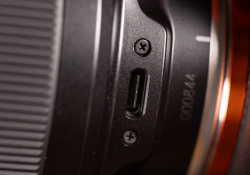

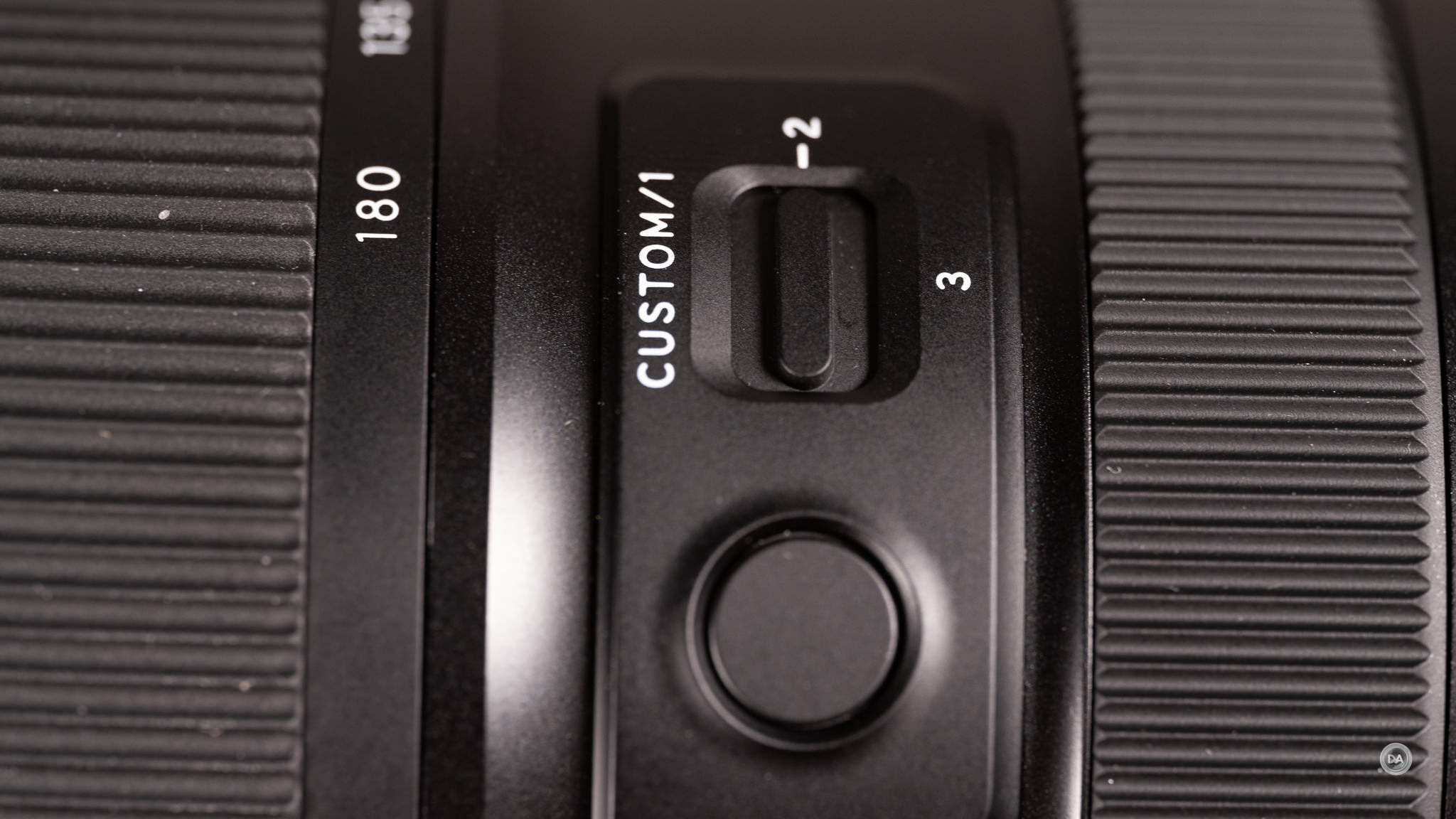
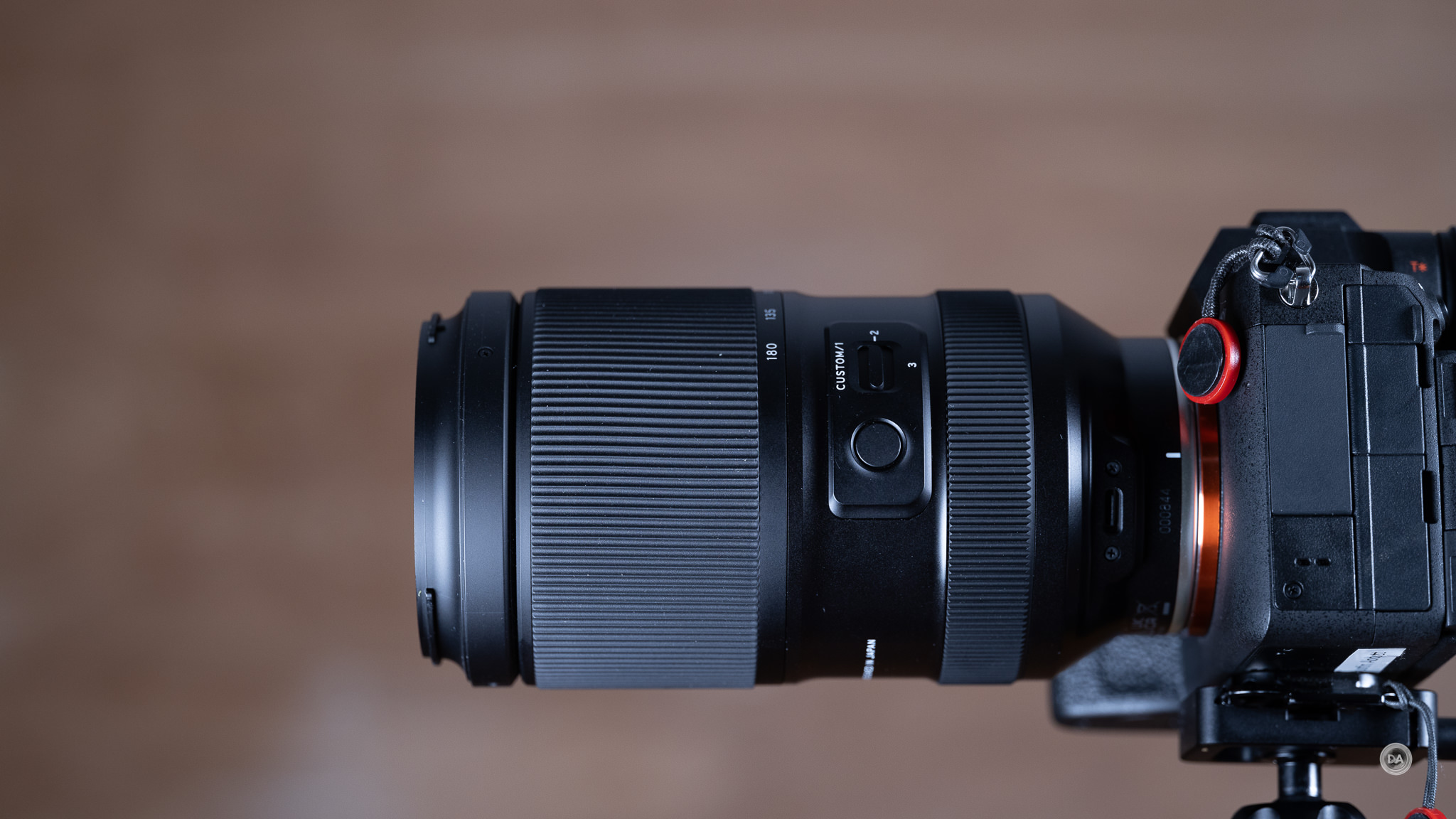
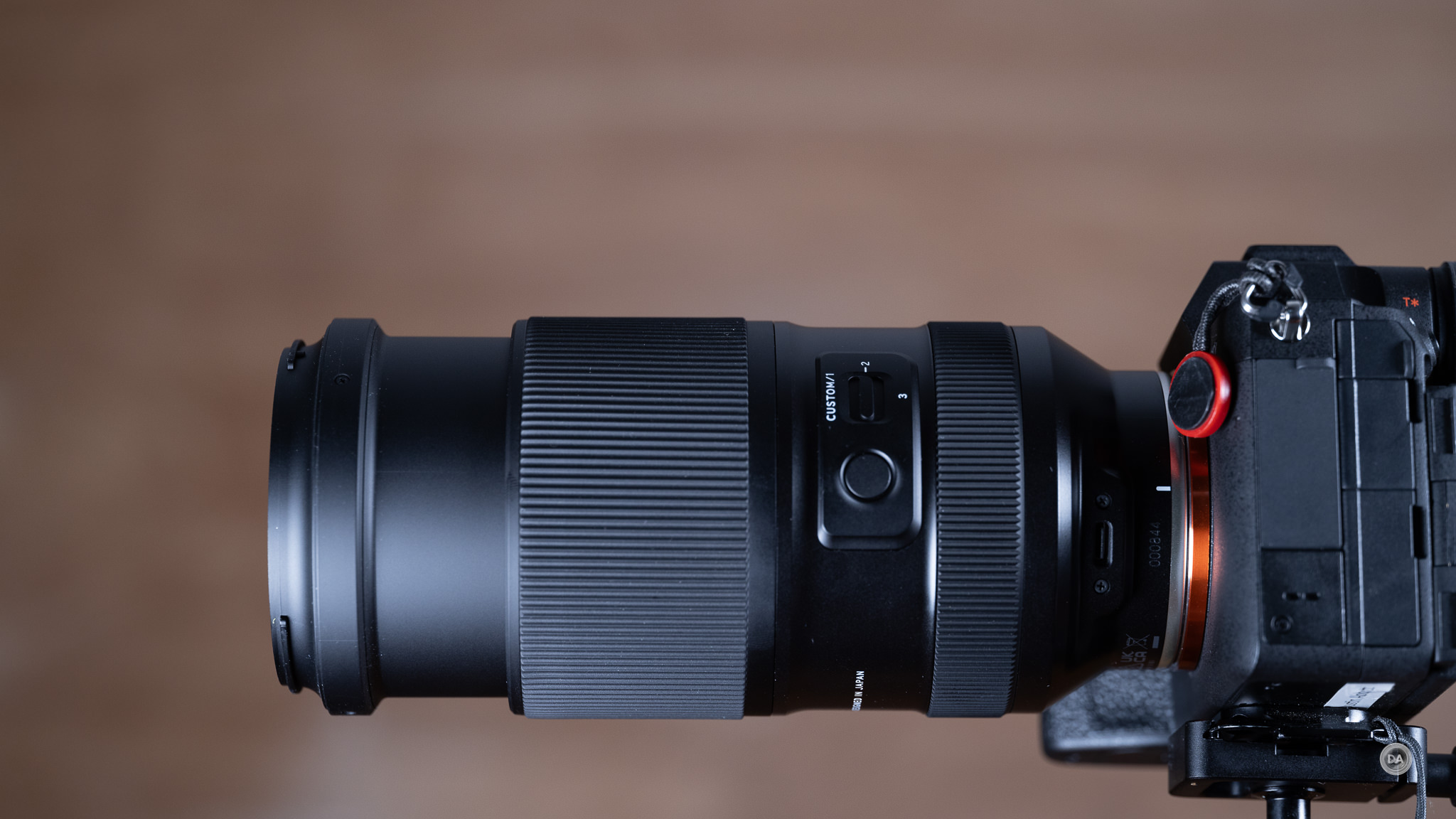
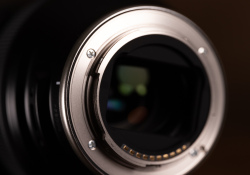

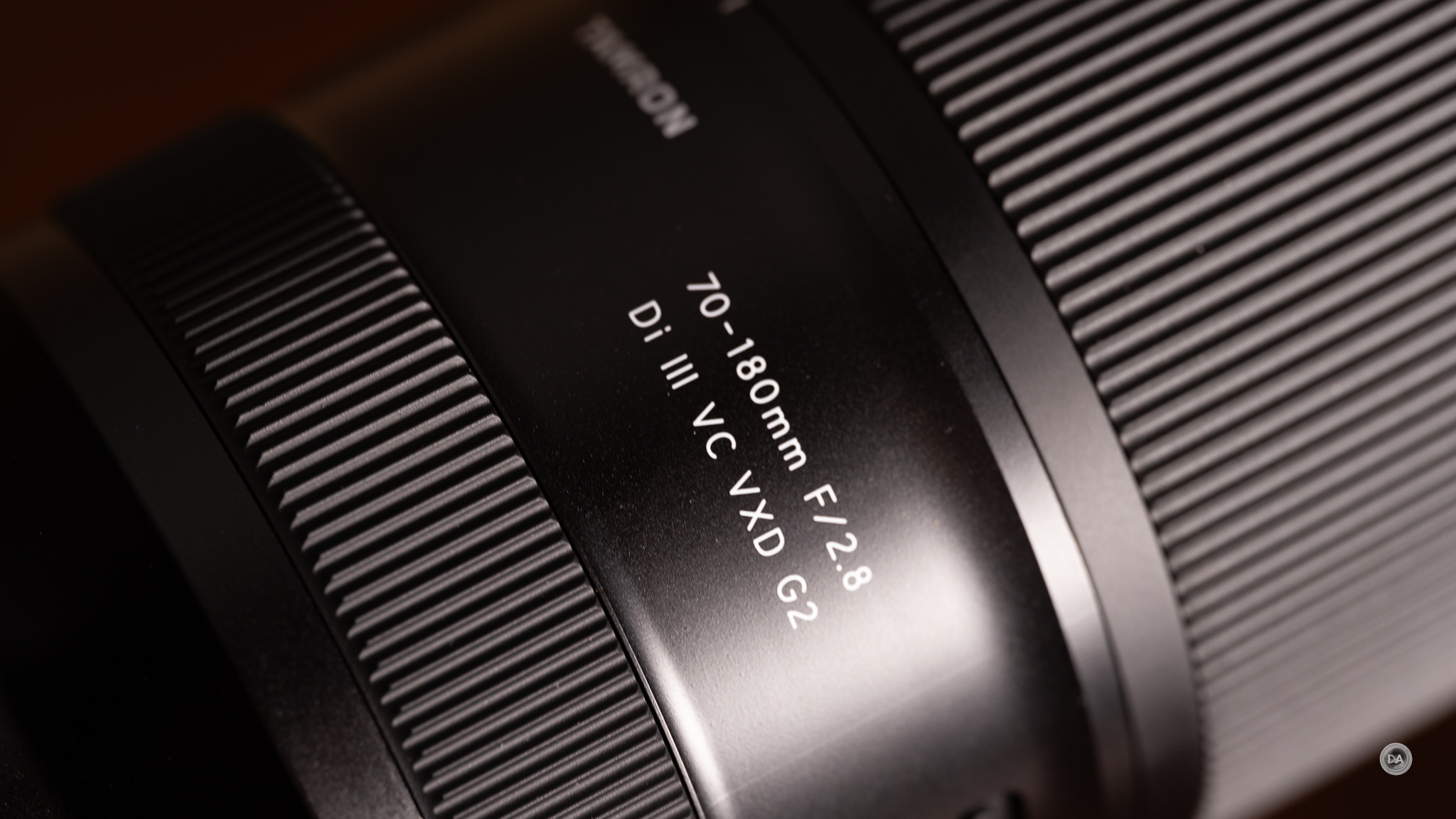



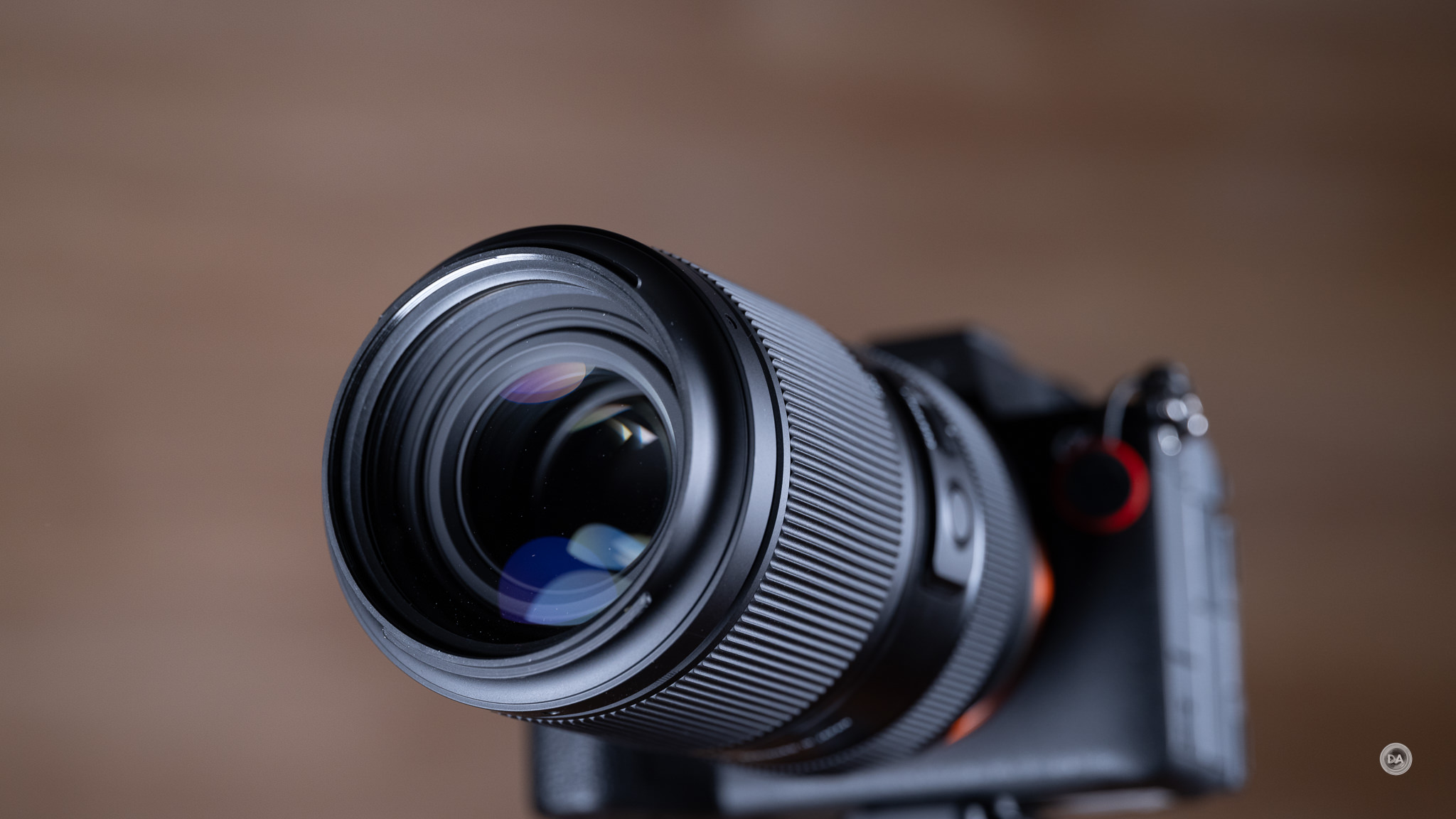


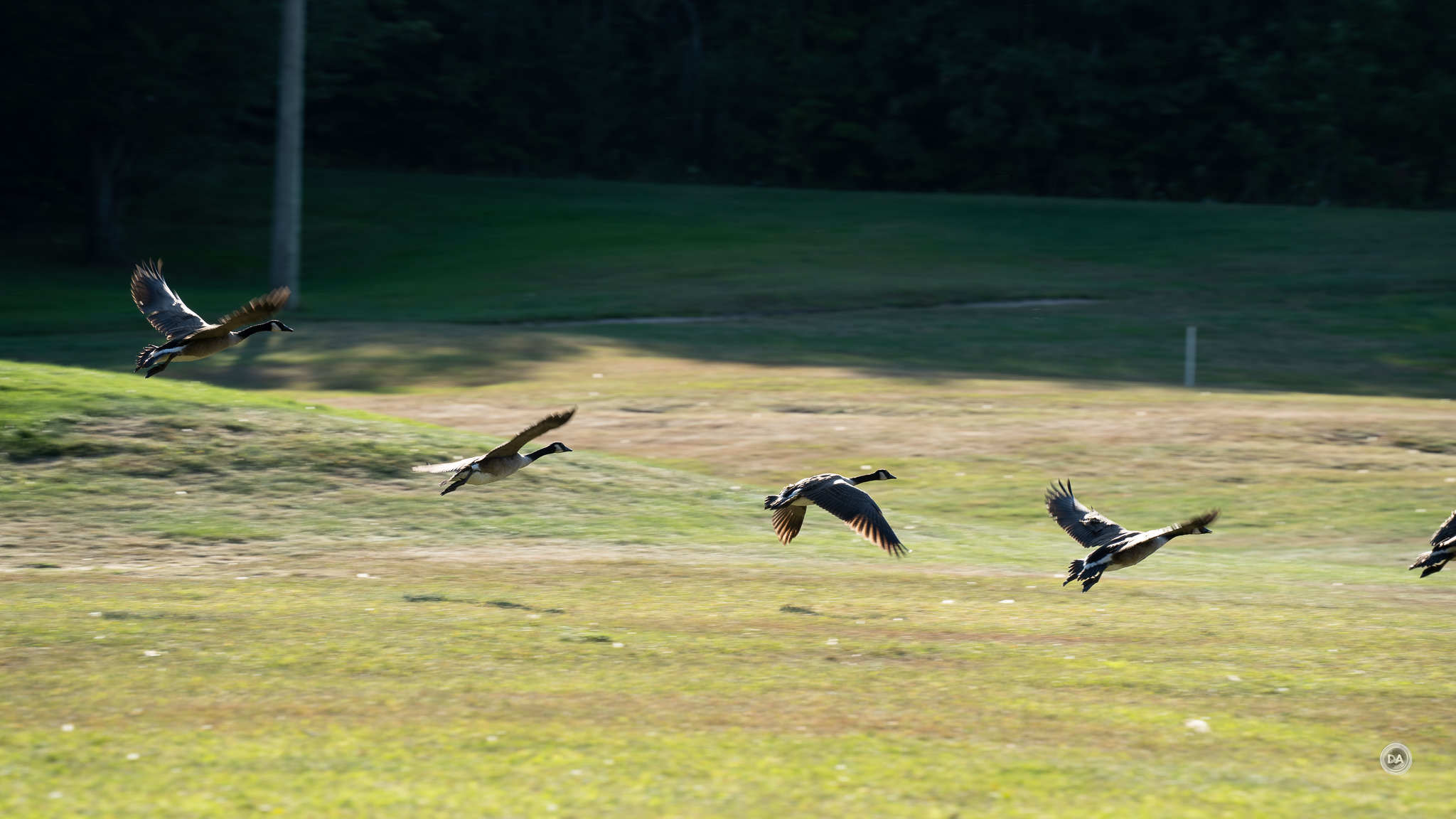















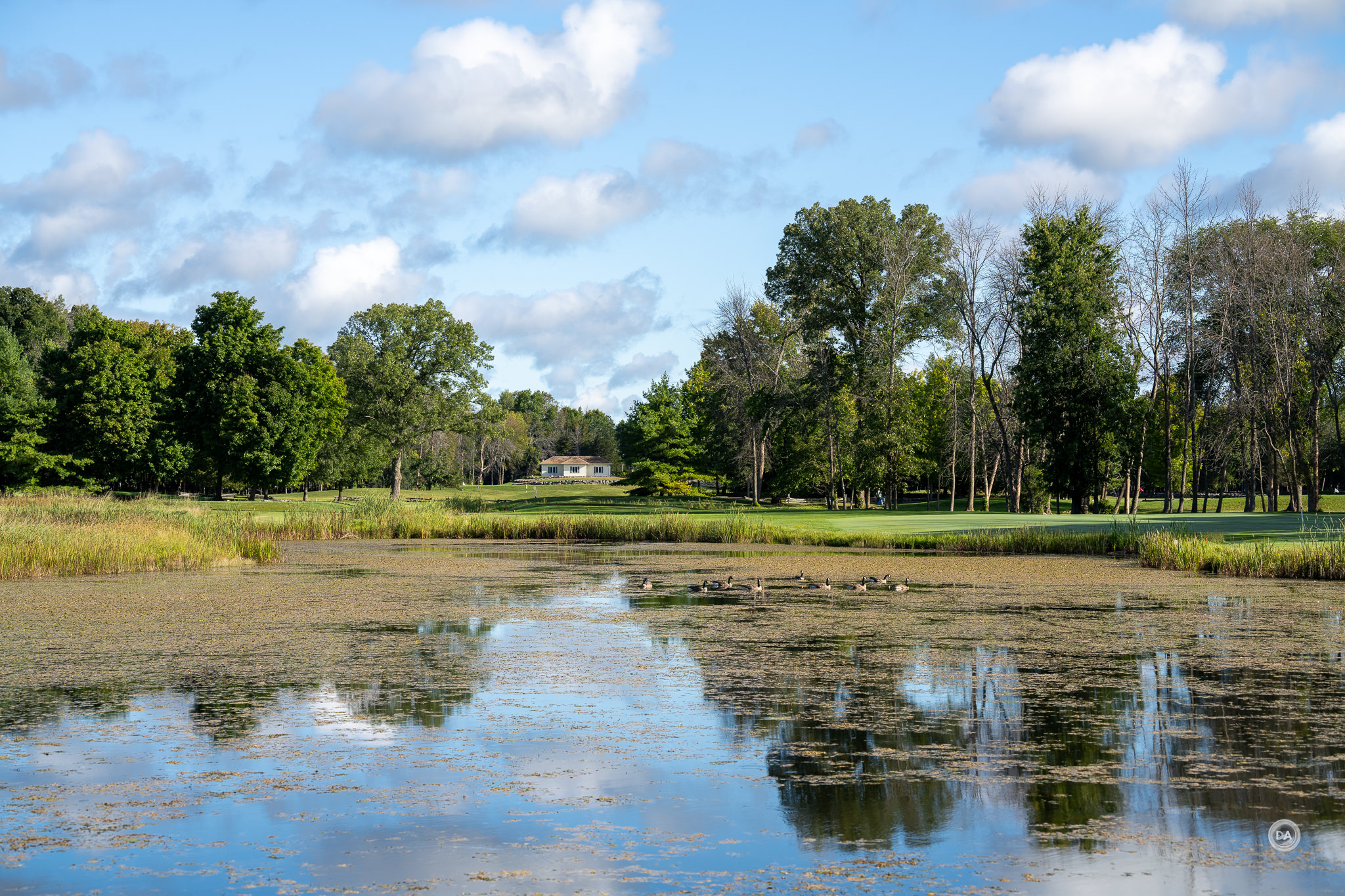


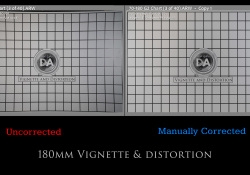
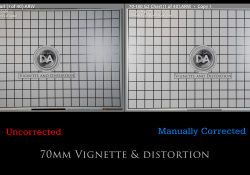









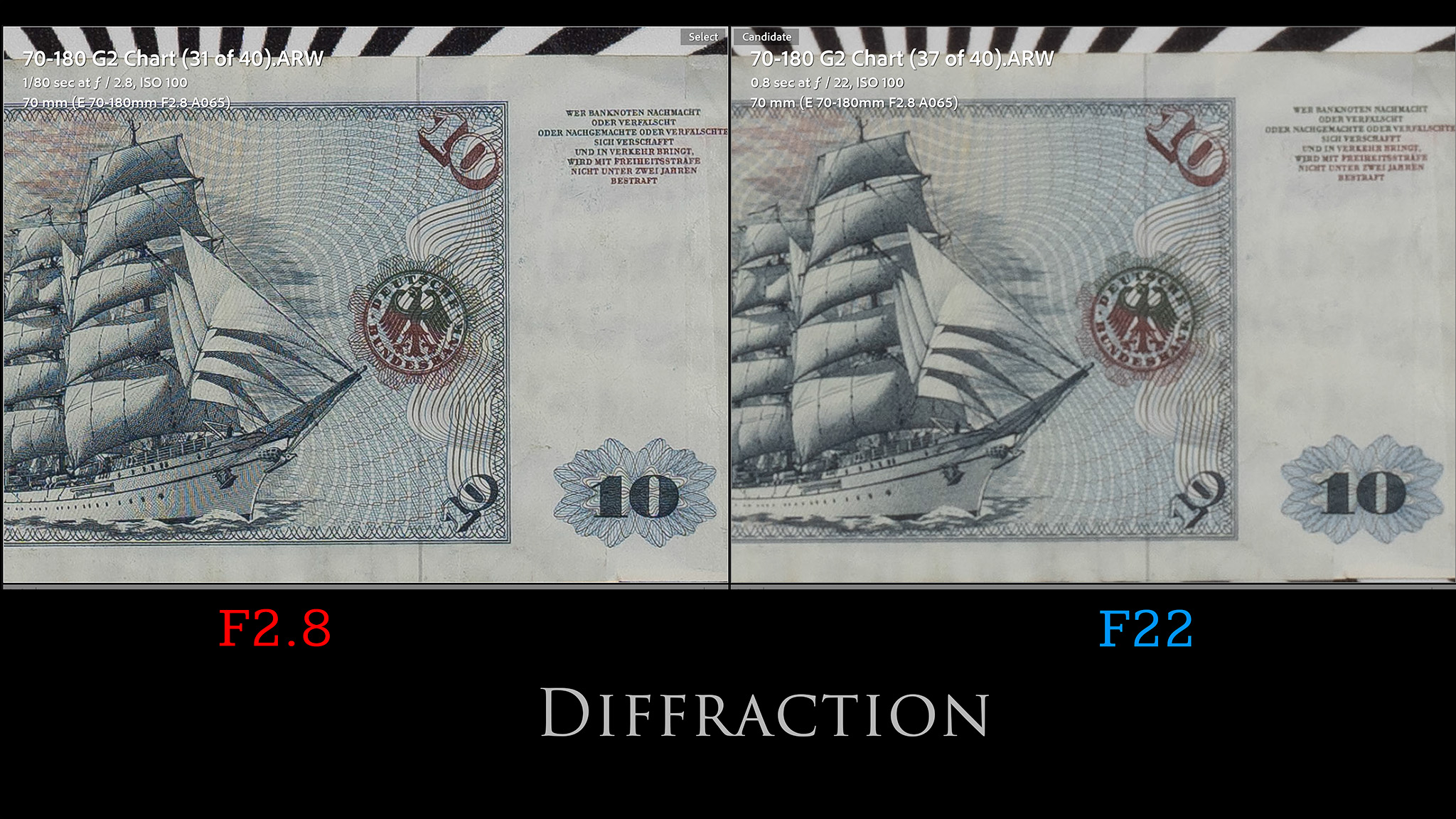
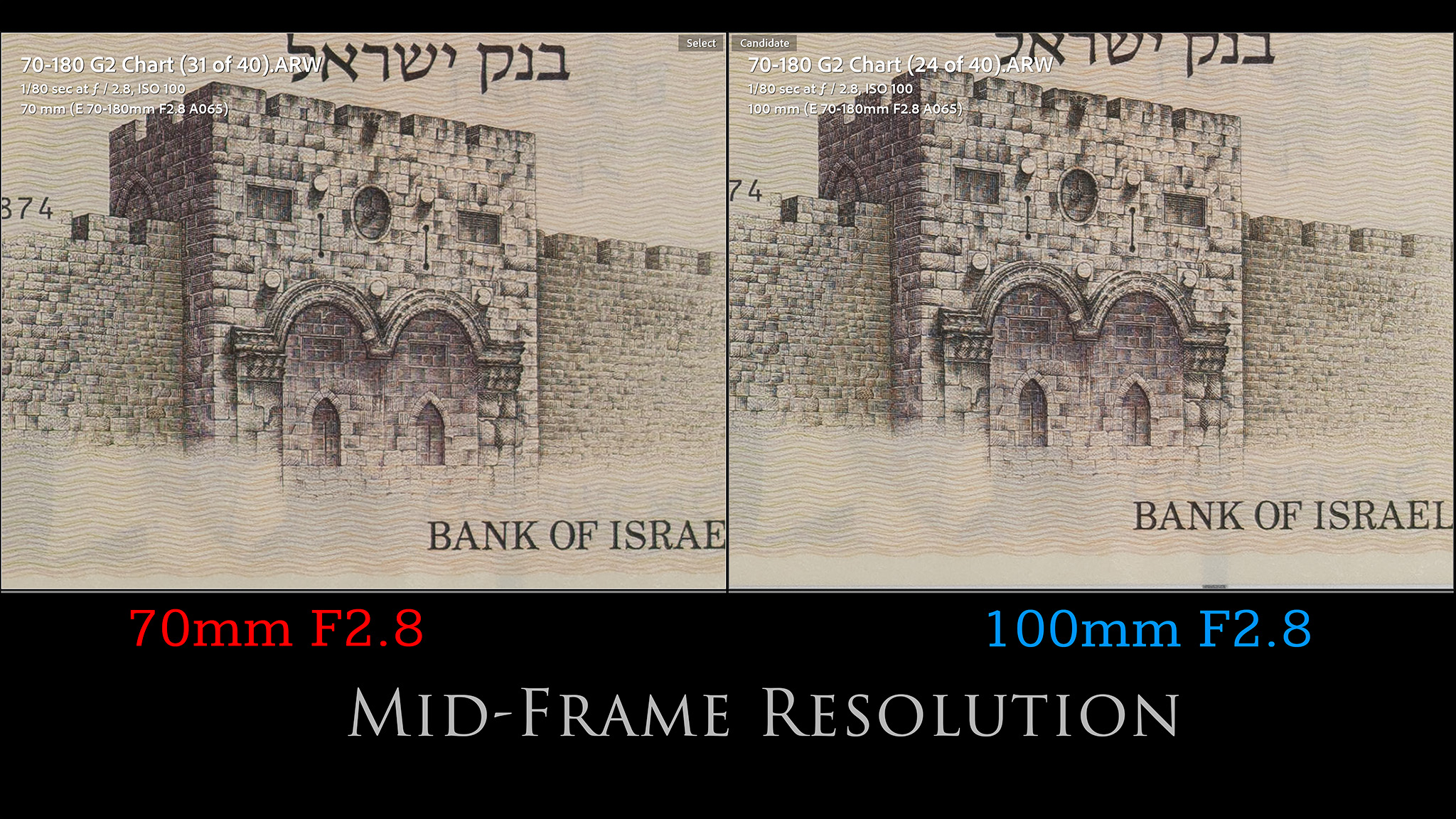


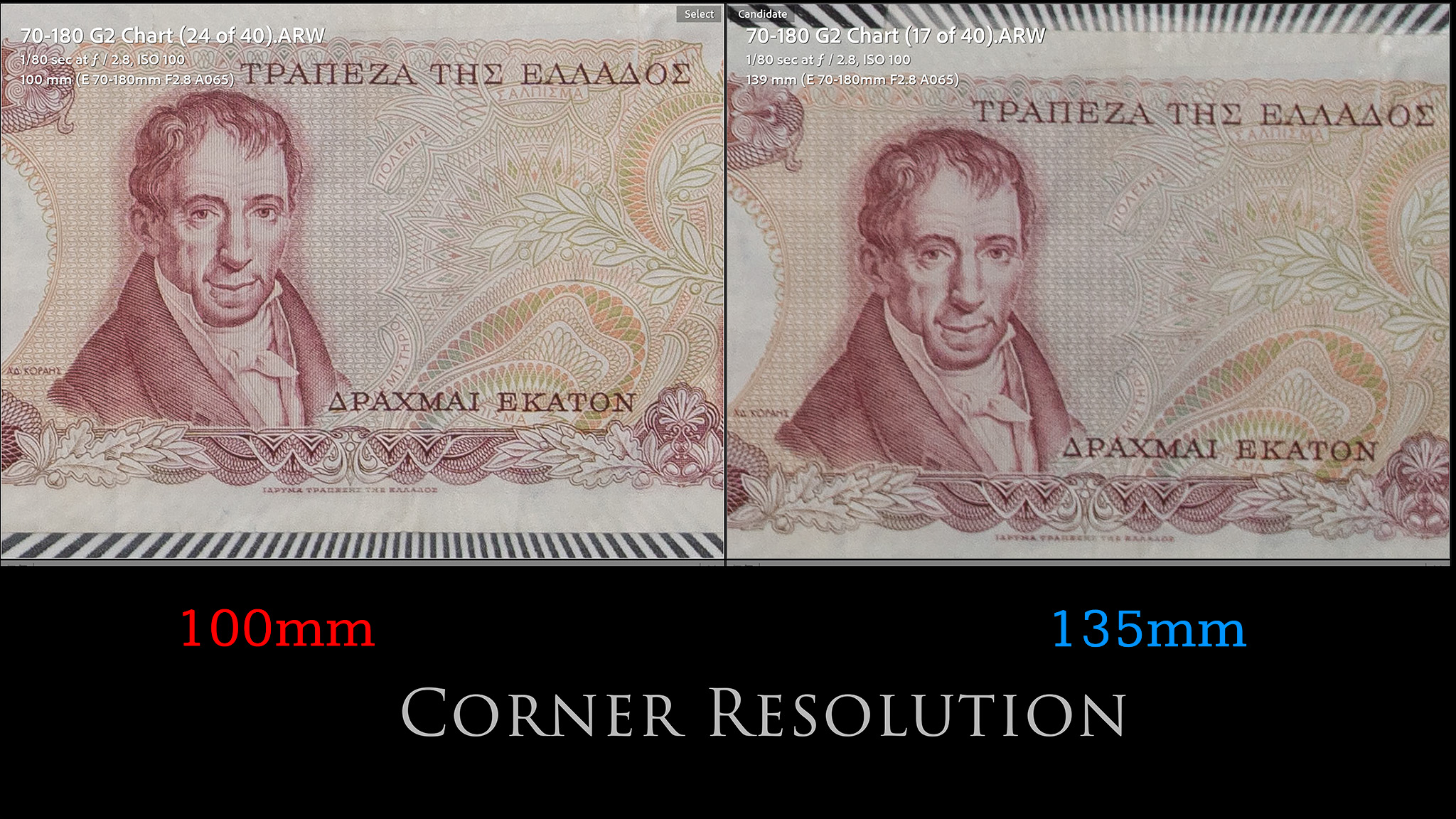


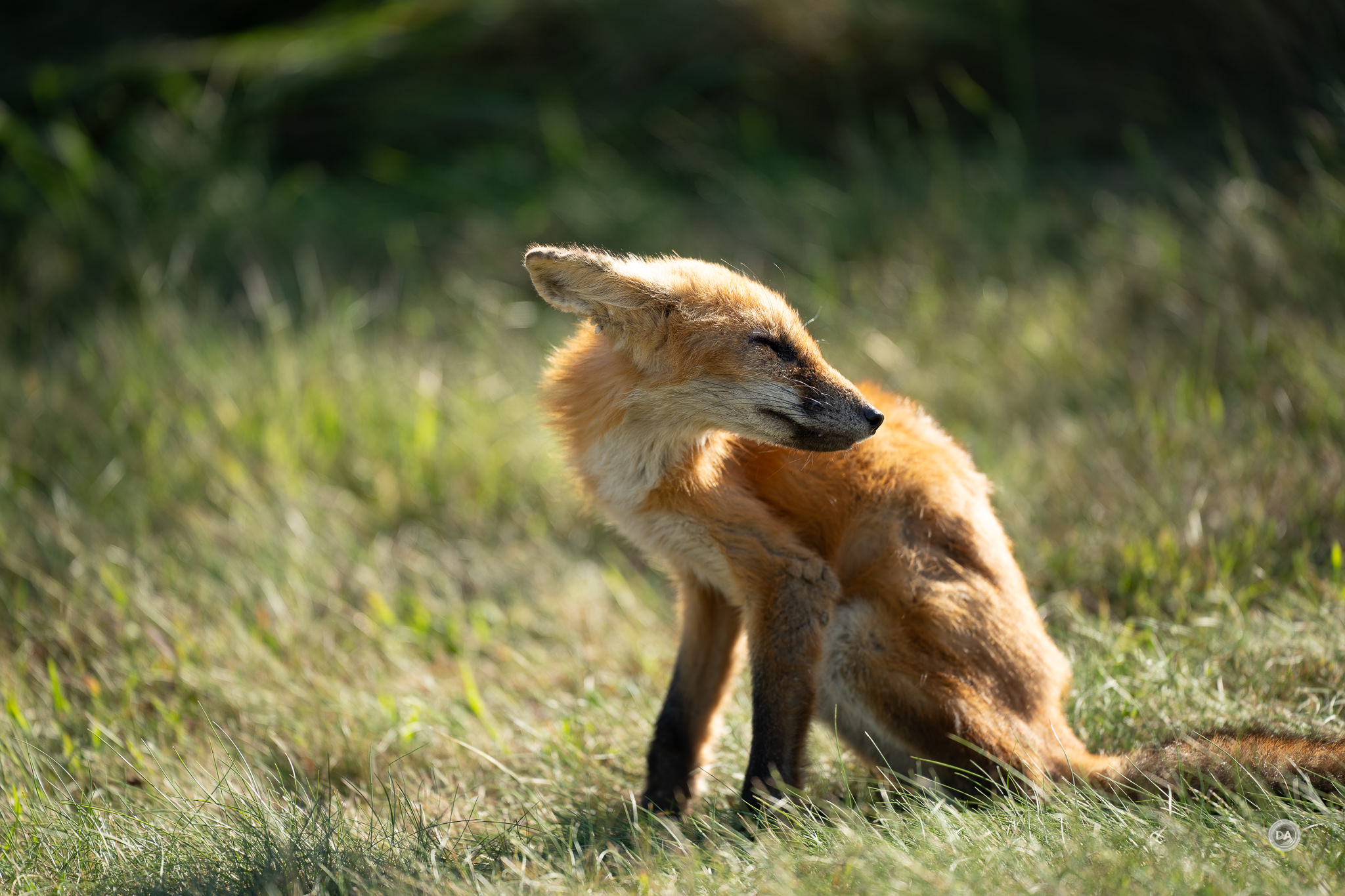

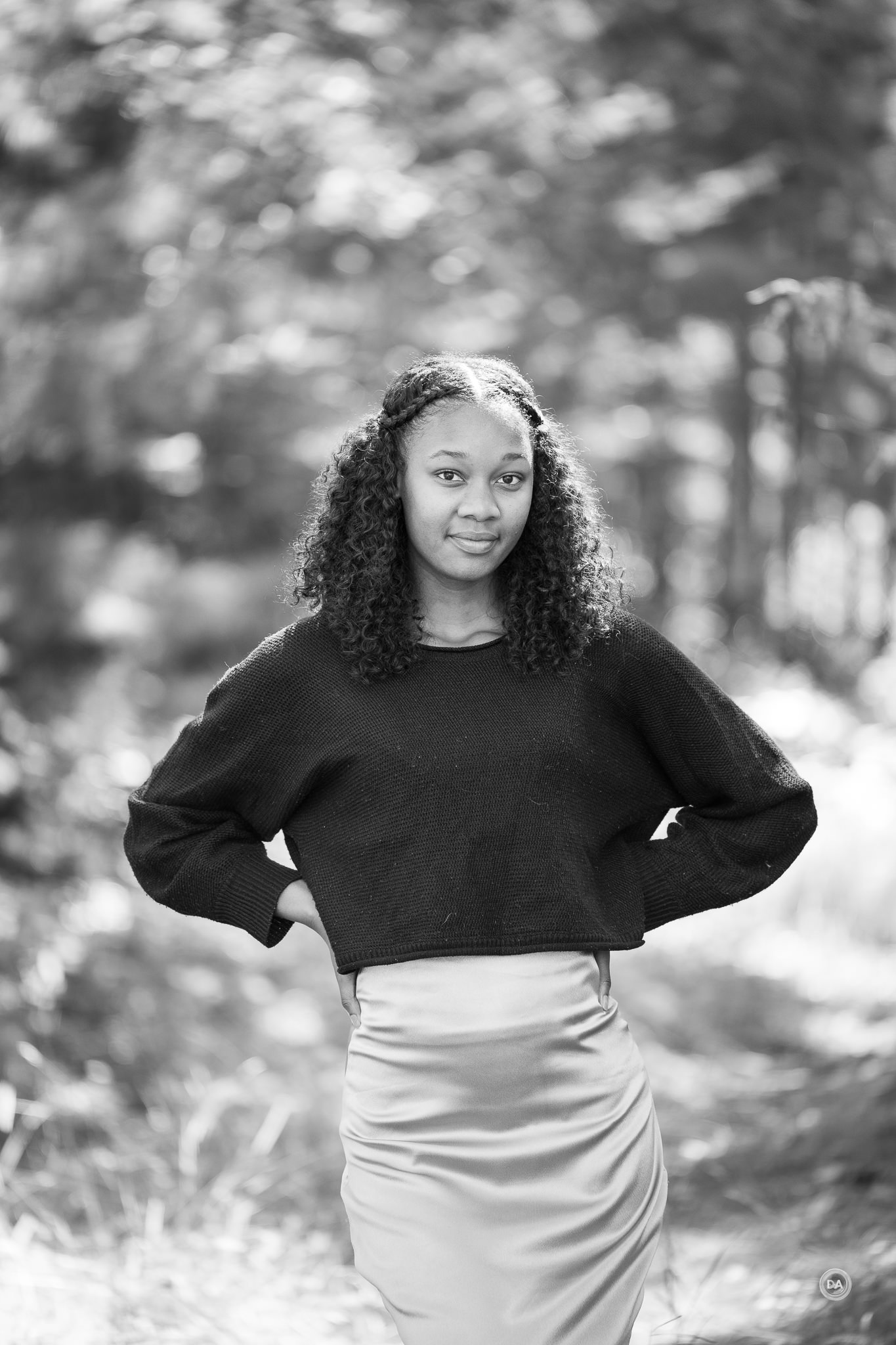












 Viltrox Pro AF 85mm F1.4 FE Gallery
Viltrox Pro AF 85mm F1.4 FE Gallery  Viltrox AF 85mm F1.4 PRO FE Review
Viltrox AF 85mm F1.4 PRO FE Review  Yongnuo YN 35mm F1.8 ART Gallery
Yongnuo YN 35mm F1.8 ART Gallery  Yongnuo YN 35mm F1.8 DA ART Review
Yongnuo YN 35mm F1.8 DA ART Review 



One thought on “Tamron 70-180mm F2.8 VC VXD G2 Review”